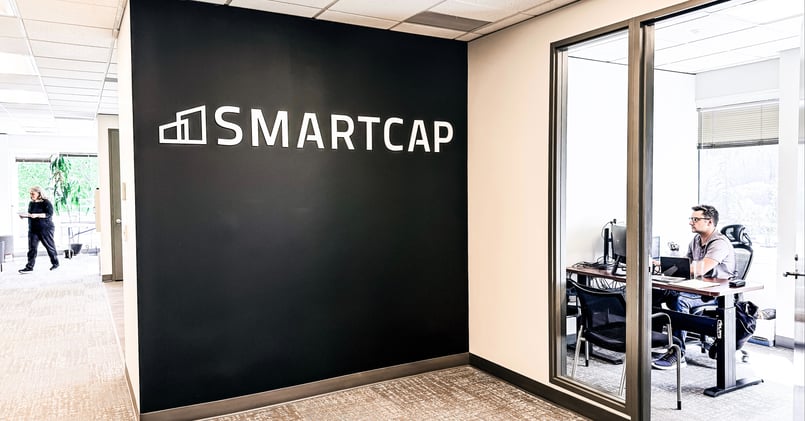
What is a Qualified Opportunity Zone (QOZ)?
The QOZ program was created as part of the 2017 Tax Cuts and Jobs Act. Its purpose is to spur long-term investment and economic development in low-income and economically depressed communities throughout the United States. A QOZ fund investment is required by law to invest 90% or more of its assets in one or more of the designated opportunity zones; lawmakers created the program in order to spur long term growth and stimulate the economies of what are typically lower income areas.
To incentivize developers to build in these Opportunity Zone the program provides a significant tax benefit to both developers and investors within these funds. Investors are able to invest income associated with any type of capital gain, including but not limited to, stock sales, business sales, real estate sales, crypto-currency, art, or other investment sales that have generated both long term and short-term capital gains.
- Investors defer all capital gains payment until 12/31/2026. By deferring these gains, investors are able to increase their total equity multiplier by a significant amount over the life of the investment.
- After holding the investment for 5 years, investors total capital gains due on their original capital gain is reduced by 10%.
- After holding the investment for 7 years, the total capital gains due on an investor’s original capital gain is reduced by an additional 5%, for a total of 15%. Investors only pay 85% of the gain originally due.
- After holding the investment for 10 years or more, the investor pays no gain when the investment is sold. All appreciation from the sale of the investment is tax-free. This has the potential to be a substantial increase in the total equity multiplier for the investor.
This vehicle is also unique in that it does not need to be a like-kind asset from which the capital gains were achieved.
How Does the QOZ Program Work?
When a company or individual sells an investment from which they realized taxable capital gains, they can defer paying the taxes by reinvesting the gains into a qualified opportunity fund within 180 days of receiving the income. There are several critical points that investors should be aware of:
- The tax due is not eliminated; however, it is deferred until 12/31/2026, or upon the disposition of the opportunity zone investment, if it is sold prior to this point.
- In certain cases, the individual investor may not receive the income until the end of the calendar year. For example, with a partnership that sold an asset, the investor would have 180 days from being allocated the income, not 180 days from the asset being sold.
- In the event the investor receives the income directly, such as from a wholly owned business or a stock sale, the investor would have 180 days from the close of the sale to invest into a Qualified Opportunity Zone Fund.
The investor must self-report to the IRS that it is deferring taxes by investing into a QOZ Fund. The Fund is also required to report to the IRS that it is a QOZ Fund.
The QOZ Fund itself must invest 90% of all funds received into a Qualified Opportunity Zone. The IRS checks to ensure that any QOZ Fund meets this criterion. SMARTCAP’s particular focus is real estate, so we will leave out discussion around investing in operating businesses, which may also qualify.
Investing in Real Estate in a QOZ
Only real estate directly within an Opportunity Zone is eligible to qualify for this program. Additionally, an investment in real estate must involve a substantial improvement of the property. Simply buying and holding stabilized commercial real estate would not satisfy the requirements for the Fund to maintain is status as a Qualified Opportunity Zone Fund. A building is considered to be substantially improved if an amount greater than or equal to the adjusted basis of the building (excluding land) is invested to rehabilitate the property. For example, if a building is purchased for $10,000,000 and the taxed building value was equal to $5,000,000, the fund would need to invest an additional $5,000,000 or more in renovations and improvements to qualify for the tax benefits of the QOZ program.
Not All Opportunity Zones are Created Equal
The U.S. Treasury, has estimated that the QOZ program will attract over $100 billion of the $6 trillion in unrealized capital gains held privately in the U.S. today. However, these investments are not without risk. Many Opportunity Zone locations selected are in low income and less attractive locations. Investors must understand the local market and the quality of the opportunity zone to be invested in before putting money at risk.
South Seattle, according to Fund Rise, is ranked as the #5 Opportunity Zone in the country, out of 8700 unique zones. SMARTCAP believes it is critical to understand the opportunity zone you are investing in, as well as market growth and market demands for each zone before investing. Any investment should be a fundamentally strong investment, regardless of its opportunity zone status. If the deal works without the tax benefit, then it is worth reviewing. If the deal only works with the tax incentive, stay away.
SMARTCAP has a proven track record in opportunity zones in the greater Seattle area. In South Seattle as well as North Seattle (two separate markets), SMARTCAP has acquired and repositioned assets as well as developed ground-up warehouse properties with great success.
TAGS: Real Estate Education
